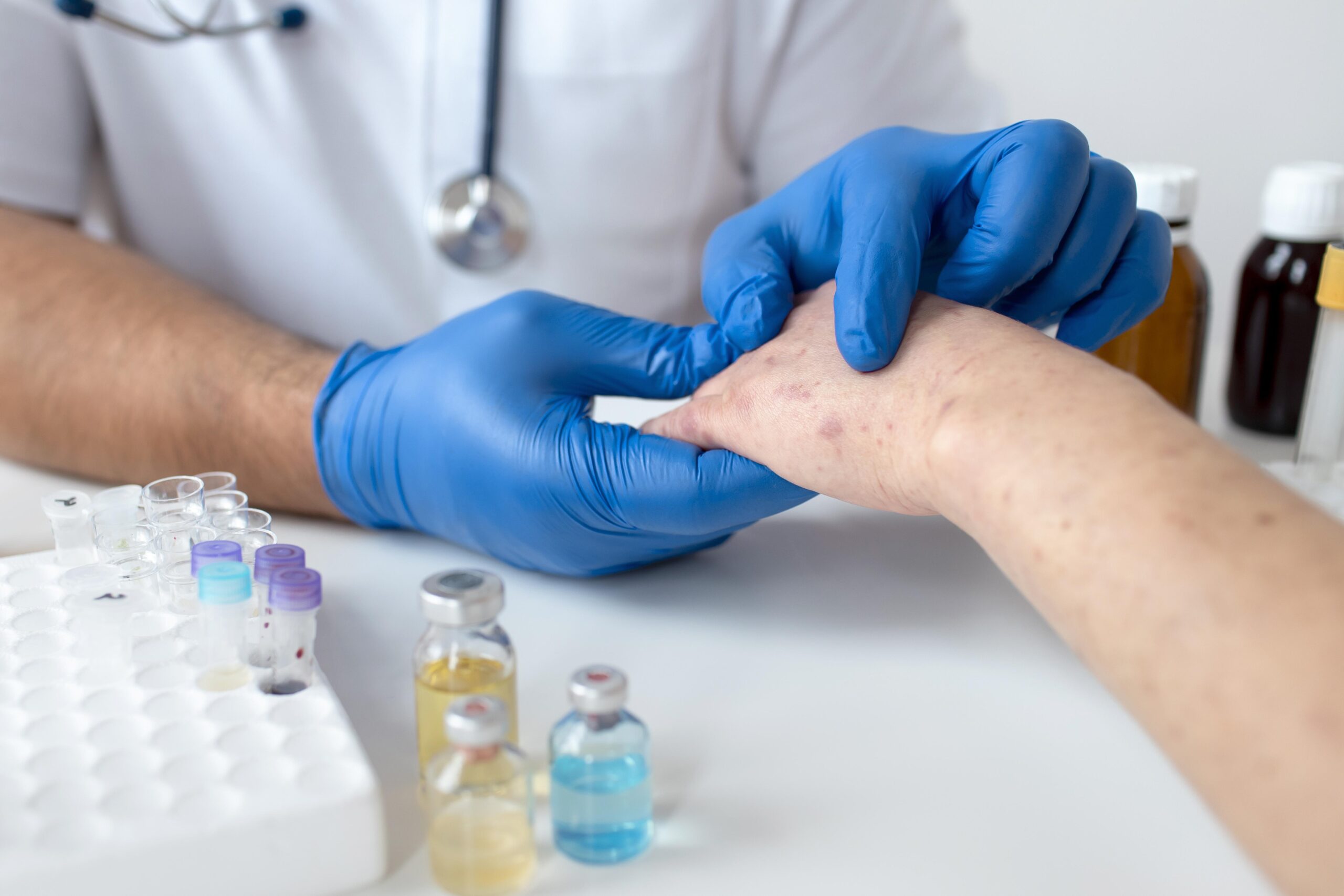In today’s rapidly evolving healthcare landscape, effective communication between healthcare providers, patients, and other stakeholders is paramount. One critical aspect of this communication is the healthcare letter—a tool that conveys essential information, ensures continuity of care, and maintains transparency. Understanding the various types of healthcare letters, their purposes, and best practices for crafting them can significantly enhance the quality of healthcare delivery.
Types of Healthcare Letters
Healthcare letters serve multiple functions, each tailored to specific needs within the medical field. Among the most prevalent varieties are:
- Medical Referral Letters: When a primary care physician determines that a patient requires specialized care, they draft a referral letter to the appropriate specialist. This letter provides the specialist with the patient’s medical history, current condition, and the reason for the referral.
- Medical Necessity Letters: Often required by insurance companies, these letters justify the need for a particular treatment, procedure, or medication. They detail the patient’s diagnosis, the recommended intervention, and the medical rationale behind it.
- Patient Health Information Update Letters: These letters inform patients about updates or changes in their health records, treatment plans, or test results. They ensure that patients are kept in the loop regarding their healthcare journey.
- Data Breach Notification Letters: In the unfortunate event of a data breach, healthcare organizations are mandated to notify affected individuals. These letters explain the nature of the breach, the information compromised, and the steps being taken to mitigate potential harm.
Crafting Effective Healthcare Letters
The efficacy of a healthcare letter hinges on its clarity, accuracy, and empathy. Consider the following best practices:
- Clear Subject Line: Make sure the letter’s goal is clear right away. For instance, “Referral to Dr. Jane Smith—Consultation” or “Important Update Regarding Your Recent Lab Results.”
- Concise Content: While it’s essential to provide all necessary information, brevity ensures that the recipient can quickly grasp the letter’s intent without feeling overwhelmed.
- Empathetic Tone: Recognize the emotional state of the recipient. For example, when notifying a patient about a data breach, acknowledge their potential concerns and reassure them of the steps being taken to protect their information.
- Confidentiality: Always adhere to privacy regulations, such as the Health Insurance Portability and Accountability Act (HIPAA) in the United States, ensuring that sensitive information is protected.
The Role of Templates in Healthcare Letters
To maintain consistency and efficiency, many healthcare organizations utilize templates for their correspondence. Templates ensure that all necessary information is included and presented uniformly. Resources like Template.net and Templateroller.com offer a variety of customizable medical letter templates, ranging from referral letters to medical necessity documents. These templates can serve as valuable starting points, allowing healthcare professionals to tailor the content to specific situations.
template.net
Case Study: Data Breach Notification by Change Healthcare
A pertinent example highlighting the importance of healthcare letters is the data breach notification by Change Healthcare. In February 2024, Change Healthcare experienced a significant cyberattack that compromised sensitive patient information. As a result, the company initiated a comprehensive notification process to inform affected individuals. These letters detailed the nature of the breach, the specific data involved, and offered guidance on protective measures, including credit monitoring services.
kiplinger.com
This incident underscores the critical role of transparent communication in maintaining trust and compliance with regulatory obligations.
The Impact of Digital Transformation on Healthcare Communication
The digital age has revolutionized how healthcare letters are crafted and delivered. Electronic Health Records (EHRs) have streamlined the process, allowing for faster dissemination and easier access to correspondence. However, this shift also brings challenges, particularly concerning data security.
Healthcare organizations must balance the efficiency of digital communication with robust cybersecurity measures to protect patient information. The Change Healthcare data breach serves as a stark reminder of the vulnerabilities present in digital systems and the necessity for ongoing vigilance.
Conclusion
Healthcare letters are indispensable tools in the medical field, facilitating clear communication, ensuring continuity of care, and upholding transparency. By understanding the various types of healthcare letters and adhering to best practices in their creation, healthcare professionals can significantly enhance patient trust and care outcomes. As the industry continues to evolve with technological advancements, maintaining a balance between efficiency and security will be paramount in all healthcare communications.





